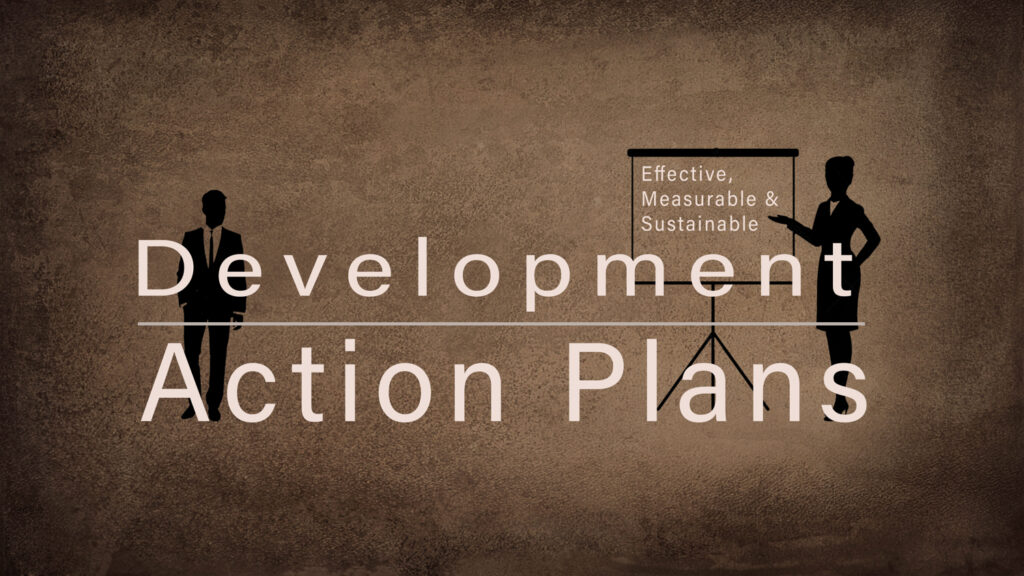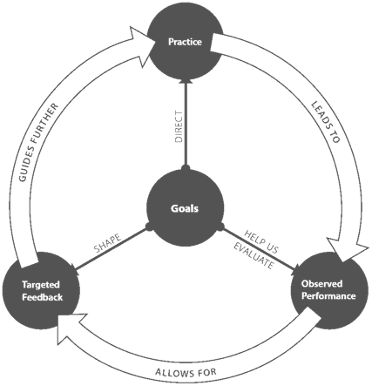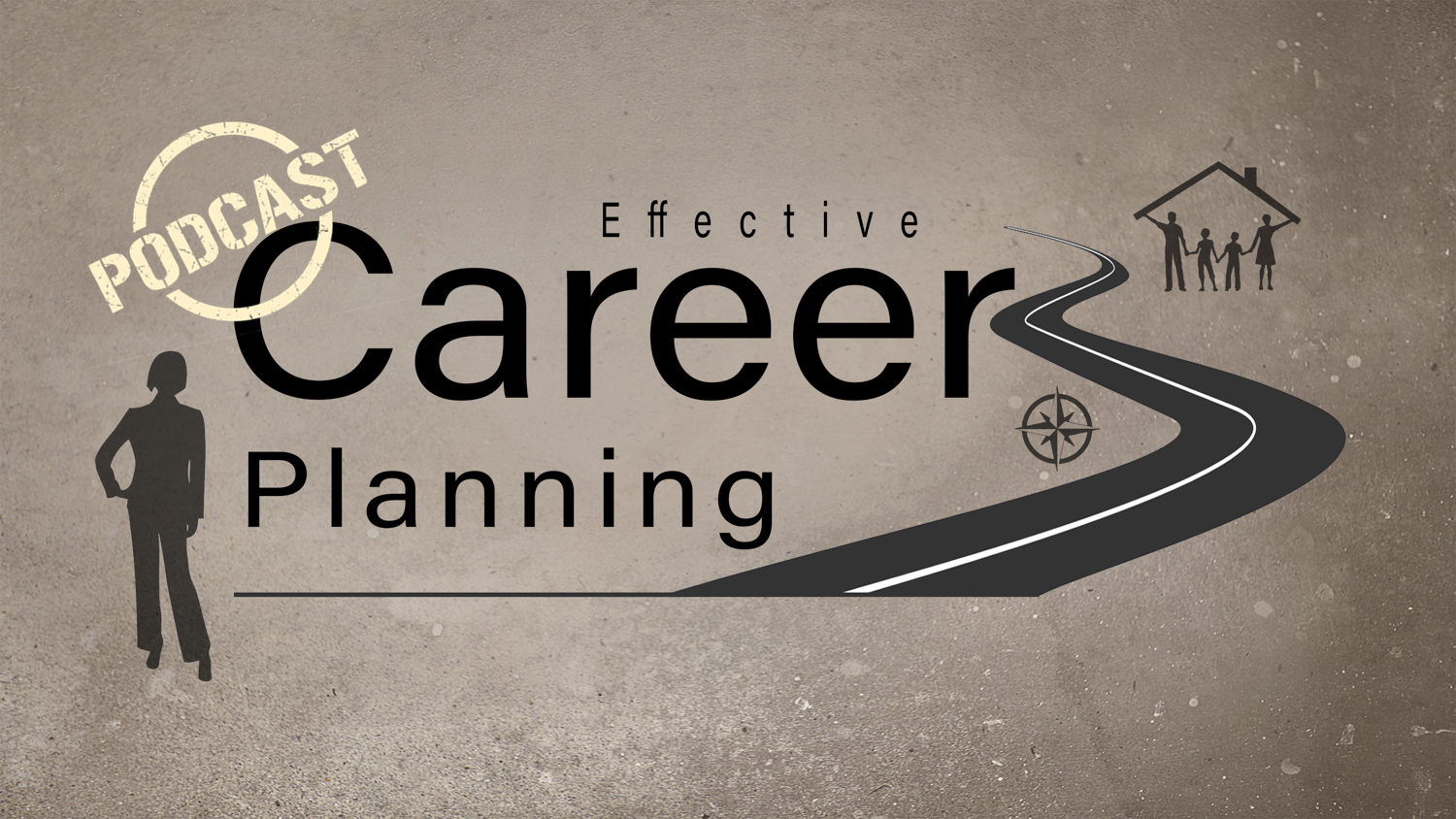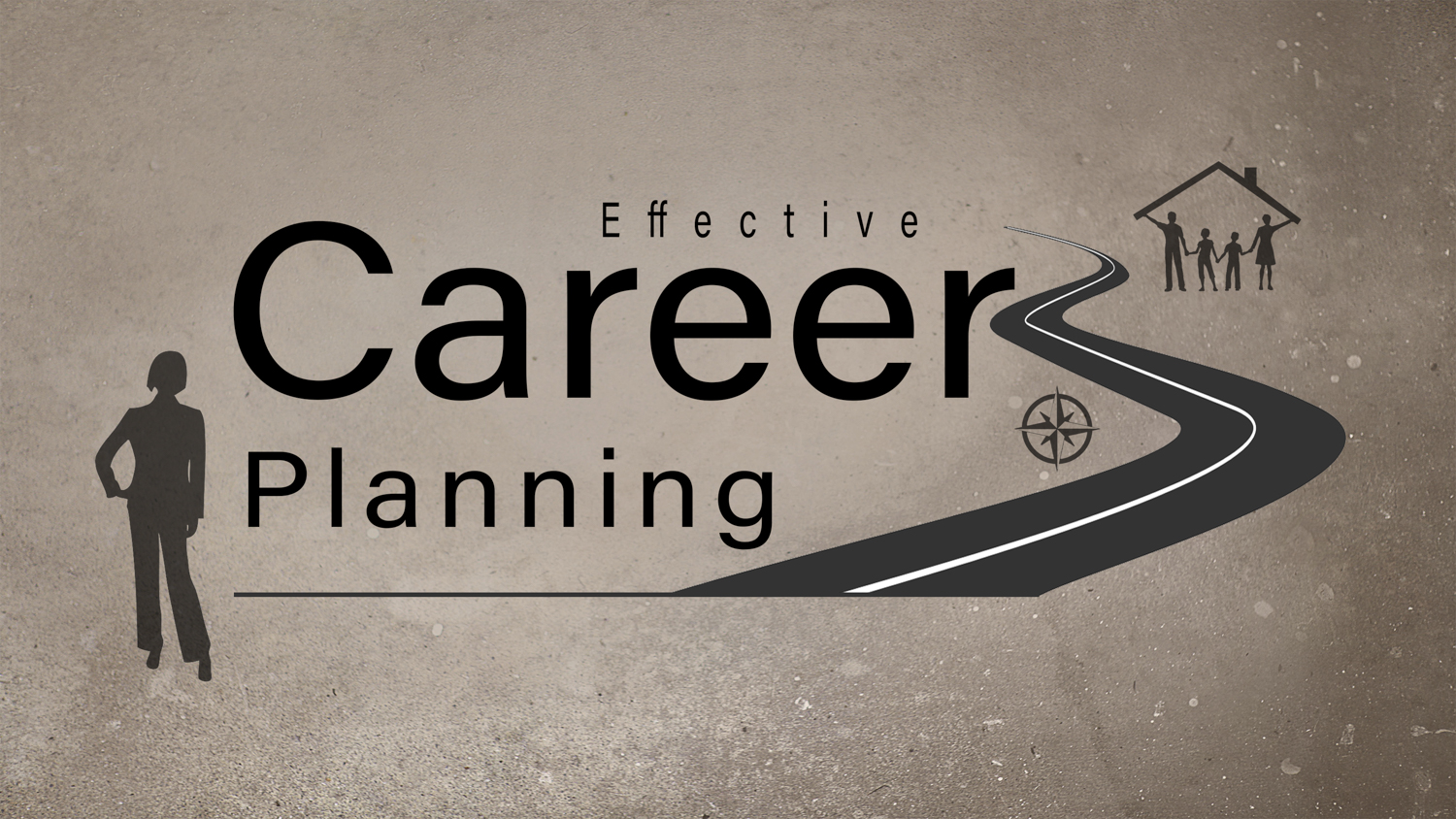Professional development is a process that begins with creating a career plan, identifying gaps and then crafting actions to close those gaps. This process can be most effective by leveraging proven methods and tactics designed to deliver predictable results.
Recently, I wrote an article on career planning and I provided a worksheet to serve as a guide for this process. In addition, I subsequently wrote an article on how to identify your gaps. In that article, I detailed three specific kinds of gaps: experience, behavioral and perception. I also recommended some tools and provided tips to help identify these gaps. I hope you were able to complete these critical steps.
Now it’s time to turn your attention to create actions designed to further your development. This is where the hard work begins and where the effort starts to pay off.

Last week I had a conversation about creating a development action plan with one of the executives I coach. She did a great job of reflecting and deciding on her career plan. She laid out long-term goals based on the eight elements of effective career planning. She also conducted meetings with executives along her career path to obtain input on the requirements of their roles. Those meetings helped her validate her experience gaps.
We also conducted an interview-based 360 with a dozen people that she works with and we leveraged the Hogan Leadership Forecast Series assessment to better understand her behavioral and perception gaps. We are now ready to craft her actions. We discussed structuring them using the following models and methods.
The Learning Model
In 1996, the 70-20-10 Learning Model was popularized by researchers from The Center for Creative Leadership who authored “The Career Architect Development Planner”. The model states that we learn and develop best when 70% of the activities come from challenging assignments, 20% from developmental relationships and 10% from formal coursework and training. Although some critics point out that the model is outdated, I believe that it’s still applicable and helpful for professional development.
As you structure your action plan, it is important to focus your effort on activities that “build muscle” as opposed to just hearing or reading about it. If you compare your professional development to physical training, in the latter, you only build fitness and muscle by doing actual workouts. Talking to someone or reading about it may help you understand the techniques and perhaps serve as motivation, but the results will not materialize unless you do the work. The same applies to your development.
The S-M-A-R-T Method
This method was made popular by Peter Drucker in 1954 when he developed “The Management Theory”. He used it to make sure a management objective was valid. We also use this term in the coaching world to make sure a developmental task is specific enough to accomplish, measurable so we know when we have succeeded, achievable, relevant to the area we are working on and time-bound so we have a target completion date. Although some of the acronym’s words may have changed over time, the truth remains, if we follow it, we will more than likely develop the right skills.
The Cycle of Practice and Feedback
Establishing goals and objectives only gets us part of the way there. If we go back to the physical training example and we think about the role of a personal trainer, we quickly realize that the value the trainer adds is indispensable. The role a trainer plays is to provide us feedback, guidance and encouragement so we develop properly. Without this guidance, we would likely be injured or fail in our quest for fitness.
In the book “How Learning Works: Seven Research-Based Principles for Smart Teaching”, the authors draw upon their research in psychology, education, and cognitive science to help us understand the primary learning principles. We can apply these principles in our developmental process. The model calls for us to set clear goals, use them to practice the skill we are trying to develop, assign people to observe us in action and allow them to provide us constructive feedback. If we do so, then we have a much higher probability of successfully developing that skill.

Putting it All Together
Armed with her career plan, her gaps and these three proven models, my client can now begin to craft her developmental actions. One of her gaps, and one of her top goals, is to improve her proficiency with executive presentations. To do so, we created the following developmental actions, each with a target completion date:
- Read two books on presentation skills and attend a workshop.
- Spend 30-minutes with me every-other-week reviewing her learnings and discussing how to deliver effective presentations.
- Twice monthly, observe someone skilled at delivering effective presentations. Discuss their approach with them to gain insights.
- Prepare and deliver one significant presentation twice monthly with a skilled observer in the audience and obtain constructive feedback. Conduct a mini survey in three months to a broader group to gauge progress.
Let’s break down these items and check them against the three models.
The Learning Model: Item number one falls into the 10% category, items two and three fall into the 20% category and the last item, falls under the 70% category. Her learning experience would not be effective if she only adopted the first three.
The S-M-A-R-T Method: We can also evaluate each of these actions to make sure they follow the model and are structured properly.
- Each of these four items is clear and specific. There is no doubt what she is committing to do.
- All of these items are measurable. The first three are binary and easy to determine success. The last one is designed to quantitatively measure progress by the deployment of the mini survey.
- All four of these items are deemed achievable by her within the specified timeframe.
- All four of these items are relevant to the skill she is trying to develop.
- Lastly, with target dates assigned, each of them is time-bound and should be completed by that date.
The Cycle of Practice and Feedback: For the action items that are part of the on-the-job activities, she has incorporated a feedback process with a skilled observer. In addition, she added a mini-survey to measure progress along the way.
Gaining Approval & Buy-In
Now that her development plan is complete, she will be meeting with her manager, her human resources representative and her mentor. This will allow them to review her actions and sign-off that she is on the right track. She will also use those meetings to get buy-in for the actions, especially those that require some advocacy or for those that require expense approval.
To create effective developmental actions, you should consider structuring them using a proven learning model, use proven goal structures, include constructive feedback to measure progress along the way. If you do, you will create new skills and close your gaps more effectively. If you need assistance with this process, I have created a Development Worksheet. You can download it by visiting my website.
I hope this article was helpful and that you will be able to close your gaps by creating an effective development action plan and to take the next step to make your life plan come true. Drop me a note in the comment section below or through the Contact Me page if you have any questions.
Thanks,

© T. Kahler Coaching, LLC, All Rights Reserved.


